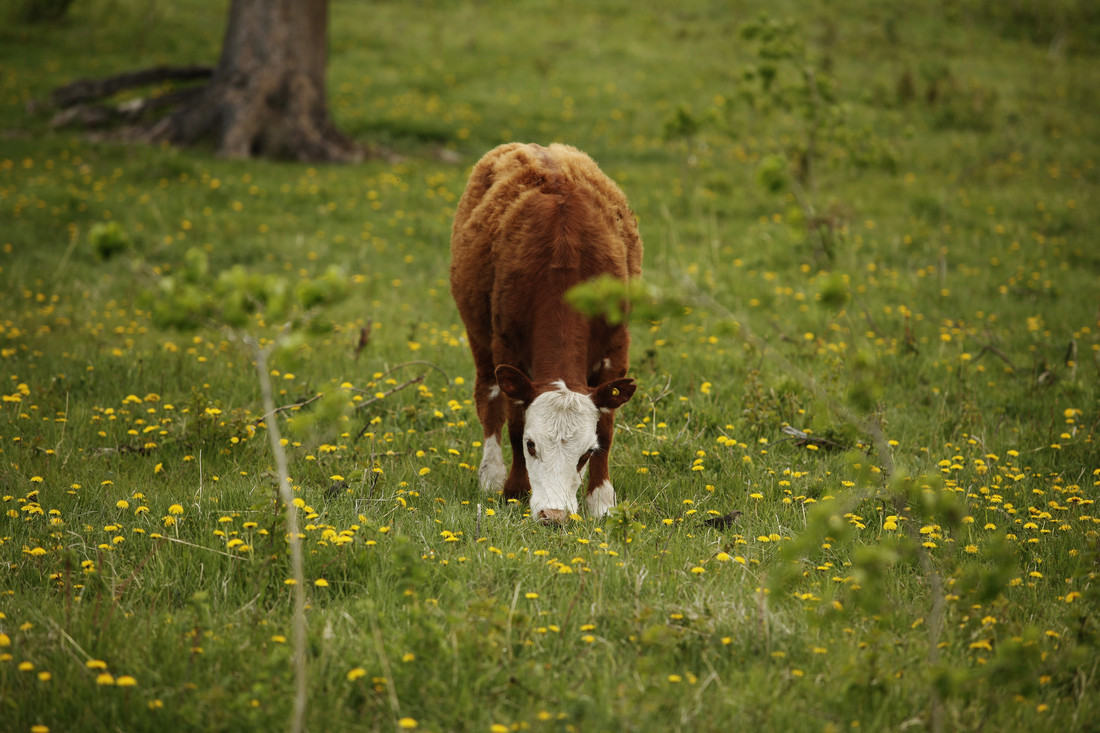AB Direct - Steers
Rail: 493.00-495.00 del
AB Direct - Heifers
Rail: 493.00-495.00 del
US Trade- Steers
Rail: 355.00 (IA, NE)
US Trade - Heifers
Rail: 355.00 (IA, NE)
Canadian Dollar
0.06

Turning cows out to pasture
ABP is excited to feature the writings of Barry Yaremcio, ruminant nutritionist and production management consultant. Barry is a trusted voice in cattle nutrition and forage production, operating Yaremcio Ag Consulting Ltd. This article was originally published on his BYOB Blog, which can be found on his website.
Pastures that were grazed intensely last year will take longer to start growing. When the crown of a plant is injured by late season grazing and some of the vegetative buds are consumed, fewer tillers are present to start growing this spring. This reduces the amount of forage produced.
Initial growth in the spring requires the plants to use energy reserves to develop the first two to three leaves. After this stage, photosynthesis produces sufficient carbohydrates for the plant to become self-sufficient and produce enough energy to allow growth. If plants are grazed earlier than the three leaf stage, plants become weaker and may die.
Delaying initial turn out by one day in the spring increases fall grazing by two to three days. Total forage yield is also impacted by the duration and intensity of grazing. It is recommended to leave 50 per cent of existing growth to stimulate new growth for later grazing events. Using a rotational grazing system that allows a 30 to 40 day rest period allows the plant to produce new leaf material and replenish root food reserves. High intensity or mob grazing where animals graze a small area for one or two days to remove 50 per cent of available forage is effective. This system also allows a long rest period between grazing.
Planning and developing a controlled grazing system is not effective unless the carrying capacity of a pasture is known. Estimating forage yield is part of the equation. Moisture, soil fertility, age, and composition of the stand all impact yield potential. Knowing how much a cow will eat per day is also part of the equation. Consumption depends on forage quality, size of the cow and calf, and availability of creep feed for the calf. The Animal Unit Month (AUM) is based on a 1,000 pound animal that consumes 800 pounds of dry matter (DM) per month. A 1,400 pound cow consumes 1.28 AUMs per month. Matching feed resources with number of animals helps prevent over grazing.
